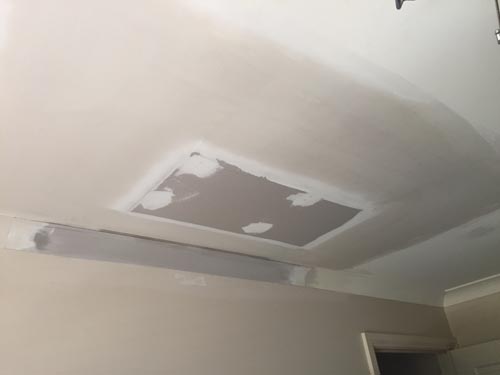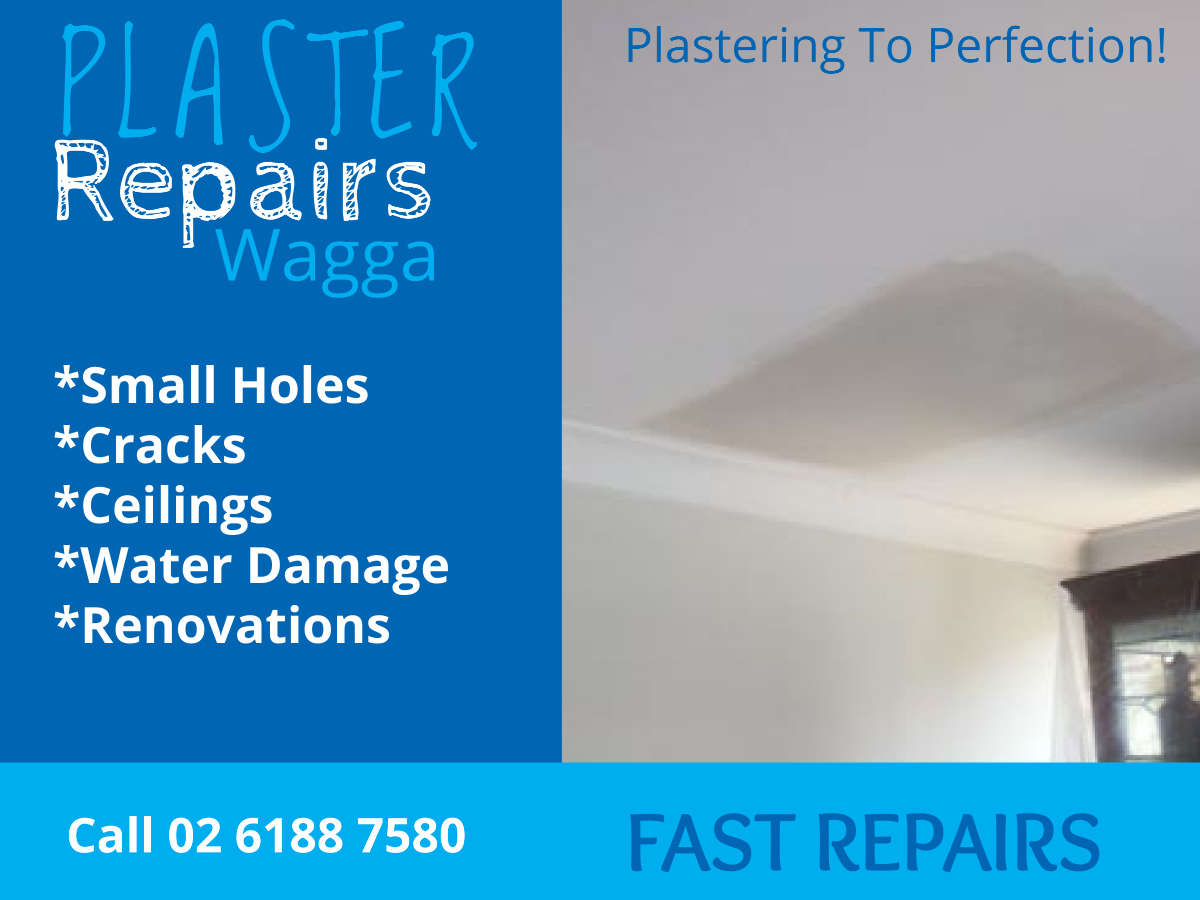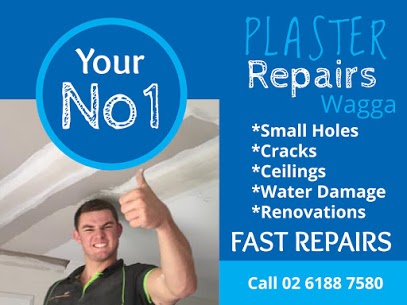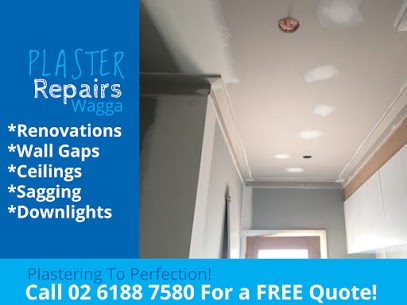How much does plastering cost? | 2021 Australian price guide
Summary: Plastering typically costs around $25-$50 per square metre (depending on size), so if you’re going through plastering yourself expect to pay anywhere from $500-$20,000 depending on job complexity and size!
You can make your plastering job more affordable by keeping in mind that the cost of a plastered wall depends on how much space you want to cover, what type of material is needed for those materials (wet or dry), etc., extras are required. Your quote will include labour costs and all the necessary supplies that might be cheaper if bought together with other building needs at one time rather than piecemeal over many visits from different tradespeople.
“The final stage of ceiling repairs involves primer and paint to your repaired portion.”
Why plasterboard?
Plaster can be an excellent option for home improvement projects, flipping rentals, or helping out friends – but you’ll need to know some facts about rendering and see how much it costs to hire a renderer.
The most significant selling point of plaster is its durability; It provides walls with an even stronger finish than other alternatives (such as drywall).
If you are looking for a challenging and lasting wall finish that combats dents, knocks, and accidents, plaster is perfect. Don’t forget about the decorative options available with a plastering finish; it can really dress up your walls! And if you’re green-minded, there are even more benefits: it’s pollution-free, so it’s better for our planet too.
The benefits of plastering are endless, but you’re not sure how much it costs. Luckily for you, we’ve consulted with the experts at Plastering Repairs Wagga to provide a guide that is optimised!
The advantages and cost savings associated with plastering make this one decision worth considering in your next home renovation project. Understanding what’s needed from us during the planning stages will help keep things on schedule and within budget, too, so get in contact today.
Alternatively, book an appointment online through our site service for comprehensive advice about all aspects of Plasterboard installation: preparation work, materials required – we’ll have everything covered!
What are the different types of plaster?
Plastering is a complicated process! If you don’t know what type of plaster to choose, here are the basic classes we recommend researching:
Drywall Plaster
Plasterboard is the preferred choice for most builders; it includes fire-resistant options and drywall plaster with acoustic properties. Another benefit of this option is you can create partitions, giving your home more space without renovating existing walls.
Lime Plaster
Lime plaster is a material used for both the base of walls and its finished look. Lime and sand are mixed together to form this product, which results in an earthy hue with a smooth finish.
Cement Plaster
Cement plaster is an attractive solution for your bug and parasite problems. The ratio of mixing cement to sand should be 1:3, which means you will need one bucket of cement mix with three buckets worth of sand. Combining the two materials together ensures that it’s not too hard on the hands when applying it onto walls or ceilings in an even layer and giving off just enough water so that no cracks form up top during drying time!
Gypsum Plaster
Gypsum plaster is a newer and less common type of plaster, but it’s quickly becoming the new favourite due to its reduced risk for shrinking or cracking. It also works as cast coatings, undercoat base coats, finish coats and one-coat plasters.
Wet Plaster
Wet plaster is a common choice for those who want the look and feel of authentic stucco. It’s made from lime, cement or gypsum with water — making it easy to apply wet via trowel on walls that need some extra love.
Ornamental Plaster
If you’re looking for a way to add some character and style to your room, ornamental plaster can be just the thing. Tons of design styles will work with this material because it’s so versatile!
Ornamental plaster is mainly used when wanting to have decorative effects on the walls. It comes in many different shapes, including waves and words, which means there’s always something perfect for any space or theme you want- no matter how big or small they may be!
What are the different plastering costs?
Plastering often looks best when applied to smooth surfaces and textures, such as brick walls or plasterboard. Professional plasterers determine a rate based on the area being plastered. Costs of plastering typically range between $15-$30 per square metre, so you can expect to pay anywhere from $500-20,000 depending on the size and complexity of your job!
The price for hiring an experienced professional will vary greatly depending not only on what type of surface they need to work with but also on how big their project is in terms of both length and width dimensions.
Standard Plastering Prices
Hard plaster is relatively inexpensive, costing around $25-$80 per square metre. However, wet plaster can be a little more expensive at up to $100/square meter, and it takes longer to dry than hard coatings, which makes it harder for contractors who are busy operating other projects on the side.
If you’re looking for an affordable way to go that’s also durable, then try out water-based paint or wallpaper, as these options tend not to cost too much in comparison with their counterparts while still providing excellent coverage and durability.
The benchmark rates for plastering jobs vary based on the type of work. For installation, the Australian Taxation Office advises between $10 to $20 per square metre supply only, while supply and install ranges from $25-50 per square meter depending on the service provided.
Ornamental Plastering
A cornice is any decorative moulding at the top of a building or furniture. Ornamental plastering has many intricacies and will cost more than drywall work, but it’s worth considering for its beauty.
Ornamental plastering is much more delicate and intricate than standard commercial wallpaper. You can expect the cost to reflect this.
A cornice (in architectural terms) is defined as “any horizontal decorative moulding that crowns a building or furniture element – the cornice over a door or window, for instance, or the cornice around the top edge of a pedestal.”
Cornice prices are as follows:
Installation – from $20 to $50 per linear metre depending on the type
Supply and Installation – up to $100 and more per linear metre due to extensive range.
Simple colonial cove cornice – $17.50
Prominent ornate cornice – approximately $25 per linear metre
Additional plastering costs to consider:
Site accessibility
Number of internal/external mitres and complexity of cuts
Material choice
Remove existing cornice
Estimated time to completion (The bigger the job, the less you pay per lineal metre)
Factors that contribute to plastering prices
1)Size of the wall: The plasterer will only be able to give you an accurate quote after having your dimensions on hand.
The larger space is, the more materials are necessary for it to properly plasterboard-wise.
2)The intricacies of the job are essential to consider before starting. If old plaster needs to be removed, it can take more time and materials for a professional resurfacing process
3)Adding decorative trims and finishes can be a time-consuming process, but the price increase is worth it if you want to create more detailed designs.
Question to ask before hiring a plasterer in 2021
• Estimate what the cost and length of a job will be.
• Get qualified plasterers in your locality who are insured and hold the relevant qualifications for this job.
• Have example jobs to compare before making a decision on whether to hire this service.
• Ask for referrals from previous clients before hiring this service
The cost of a project can be challenging to calculate, but it is always best to plan for every possible expense and have the quote reflect all charges. Higher quotes may not indicate that someone has taken advantage of you; rather just their experience, reputation, and what they stand behind in terms of workmanship, which should put your mind at ease when deciding who will do the job.
Typically people invest time into finding cheaper builders because we live through tough economic times. However, this could mean sacrificing quality or skill level, so even more research needn’t go into seeking out high-quality professionals before beginning an extension project. This site offers plasterers with different budgets, such as those starting off with home extensions, while others specialise in commercial jobs!
Quick Plastering FAQs
What types of plastering finishes are there?
There is a smooth cast finish, roughcast finish, sand faced finish, pebbledash finish and scraped. We recommend discussing which one best suits you with your plasterer and browsing through examples to find the right fit for your home!
What is the likelihood of plastering creating a mess?
Plaster can sometimes create dust, but most professionals will clean this away as part of their service!
Would you like to know how long it will take for your plaster to dry?
The time depends on a few variables, such as the type of set and other factors. For example, Rapid Set takes 10 minutes or less, while wait-and-dry settings can take up to six days!
If this is something you’re curious about, feel free to contact us by emailing info@plasterrepairswagga.com.au
We have a significant question on our hands here. How long does it take to plaster the average room? On an average day, you can expect most rooms in your home to be plastered within one or two days – but this isn’t always true! You should ask for quotes from different contractors and compare them before deciding which is best for you.
When can the plasterer start?
Best answered by your tradie. Once all formalities and paperwork is completed, which usually takes a few days to complete, they will be able to begin work immediately! You may also need an inspection of your property from time to time, but most workers like working early in the morning, around 7 or 8am.
The easiest way to find out is to contact us here at Plastering Repairs Wagga!

If You’re Plastering Large Holes Here is what you need to know
If You’re Plastering Large Holes Here is what you need to know Are large plaster holes ruining the appearance of your house’s Walls? Are you

How is plaster used for Ceiling Repairs
How is plaster used for Ceiling Repairs? Ceiling plaster deteriorates in two ways, one by showing cracks all over the surface and the other by

Plaster Repairs for ceilings and avoiding these mistakes
Plaster repairs for ceilings: Avoiding these mistakes Plaster damages on the ceiling can get worse pretty fast if not repaired timely and fitly. Plaster on

Repairing the holes in Plasterboard walls and hollow doors
Plasterboard Repairs: Repairing the holes in Plasterboard walls and hollow doors Repairing holes in plasterboard and hollow doors requires precession and proper tools. For plasterboard

Quick Plaster Repairs to Walls
Quick Plaster Repairs to Walls Plaster repairs to walls is an easy task. It requires some tools and materials to make the appearance of your

Plaster Repairs And Common Mistakes
Plaster Repairs: Definition, DIY ideas, and Common mistakes Plaster repairs are essential for your home and office to keep it in good condition. It increases


